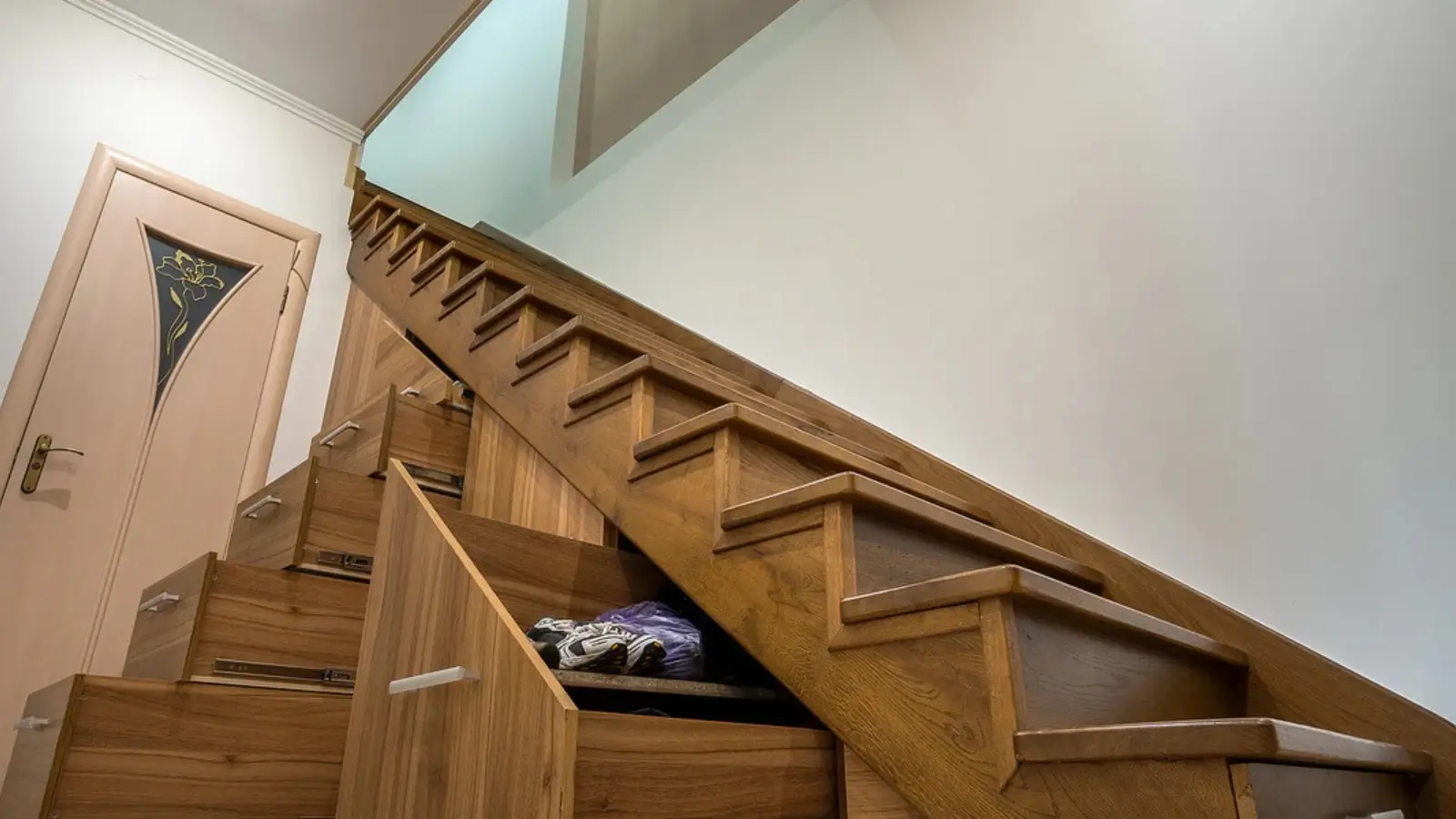


Stairs are an integral part of many buildings, providing access between different levels within homes, offices, and other establishments. Whilst they serve a critical function, stairs also pose a significant risk for falls and injuries. It is, therefore, essential that measures are taken to ensure the safety and well-being of individuals using these stairways. One such measure is the installation of stair nosings, which is a topic of pressing importance for building owners and facilities managers.
In the pursuit of stair safety, a key element that often gets overlooked is the edge of the step itself. Here is where stair nosings come into play. Stair nosings are protruding edges installed on the front of each step. Their primary purpose is to enhance the safety of the staircase by providing a clearly marked edge and improved traction for those ascending or descending the stairs.
Stair nosings are profiles fitted to the front edge of steps, and they serve multiple functions. Firstly, they are designed to protect the edges of the steps from wear and tear, which is an important aspect considering the high foot traffic that stairs typically endure. Secondly, and importantly, they help to prevent slips, trips, and falls, which are among the most common accidents in both commercial and residential properties.
When installed professionally, stair nosings provide a non-slip surface which is especially beneficial in wet or otherwise slippery conditions. Moreover, by highlighting the edge of each step, they aid visibility, reducing the likelihood of missteps that can lead to serious accidents.
Visibility plays a crucial role in stair safety. Stair nosings often come in materials or colours that contrast with the rest of the step, thus acting as a visual cue. This contrast is especially vital in low light conditions, where the risk of missing a step is increased. For individuals with impaired vision, such as those suffering from visual impairments, the addition of bright or clearly defined stair nosings can be particularly helpful.
Stairs must withstand significant footfall over their lifetime, and as such, the edges of the steps can experience considerable wear. Once worn down, the stairs not only look unsightly but also become more hazardous. Stair nosings, made from hard-wearing materials, protect these critical areas of each step, reducing wear and extending the life of the staircase.
The materials used for stair nosings need to be both durable and effective in preventing slips. Common materials include aluminium, steel, and rubber, which can withstand the rigours of heavy use. These materials also allow for various design options, providing the opportunity to match the aesthetic of the existing staircase or to create a feature that stands out for safety reasons.
In many regions, including the UK, there are specific building regulations that relate to the safety of stairs. These often include requirements for features like stair nosings, making their installation not just a matter of best practice but also of legal compliance. Building owners and facilities managers must ensure that their staircases conform to these regulations to avoid penalties and, more importantly, to safeguard users.
Proper installation is critical when it comes to stair nosings. Incorrectly installed nosings may not offer the intended levels of safety and could even become a trip hazard themselves. It is vital that installation is carried out by professionals who understand the intricacies of fitting these profiles.
During installation, attention must be paid to ensuring the nosings are securely fixed and aligned. For buildings that allow for varying step dimensions, care must be taken to custom-fit each nosing to the individual step. This not only ensures maximum safety but also maintains the design and visual consistency across the staircase.
Like any safety feature, stair nosings require regular maintenance to keep them functioning correctly. This can include routine cleaning to prevent the build-up of dirt and debris, which might otherwise reduce their effectiveness. Additionally, periodic checks to ensure the nosings remain securely attached and have not been damaged can help prevent accidents.
While the physical installation of stair nosings is a proactive step towards reducing stair-related incidents, it is also beneficial to educate users on stair safety. Building users should be made aware of the need to use handrails, avoid rushing on the stairs, and report any perceived safety issues promptly. When coupled with physical safety measures, education can significantly reduce the risks associated with stair use.
In conclusion, stair safety is a matter of paramount concern. With the installation of stair nosings, building owners and managers can make significant strides in preventing accidents and injuries. These simple yet effective profiles can enhance visibility, reduce wear, and most importantly, provide a non-slip surface that could be the difference between a safe journey and a potentially catastrophic fall. As such, stair nosings are not simply an added feature but an essential component in the effort to create safer buildings and protect their occupants.
By giving due consideration to the selection, installation, and maintenance of stair nosings, as well as promoting awareness and education regarding stair safety, we collectively move towards an environment where stair-related injuries can be substantially diminished, ensuring the well-being and confidence of stair users far and wide.